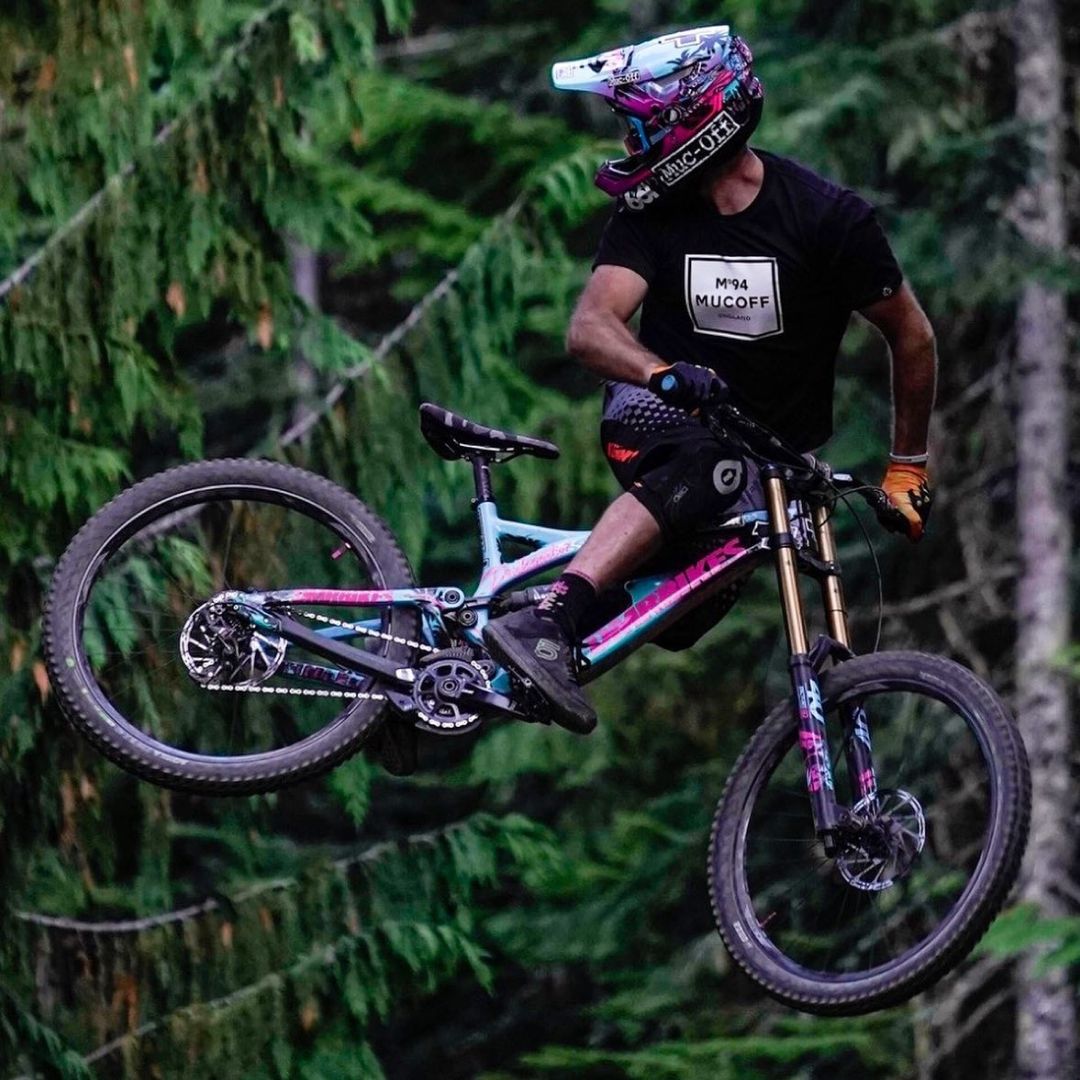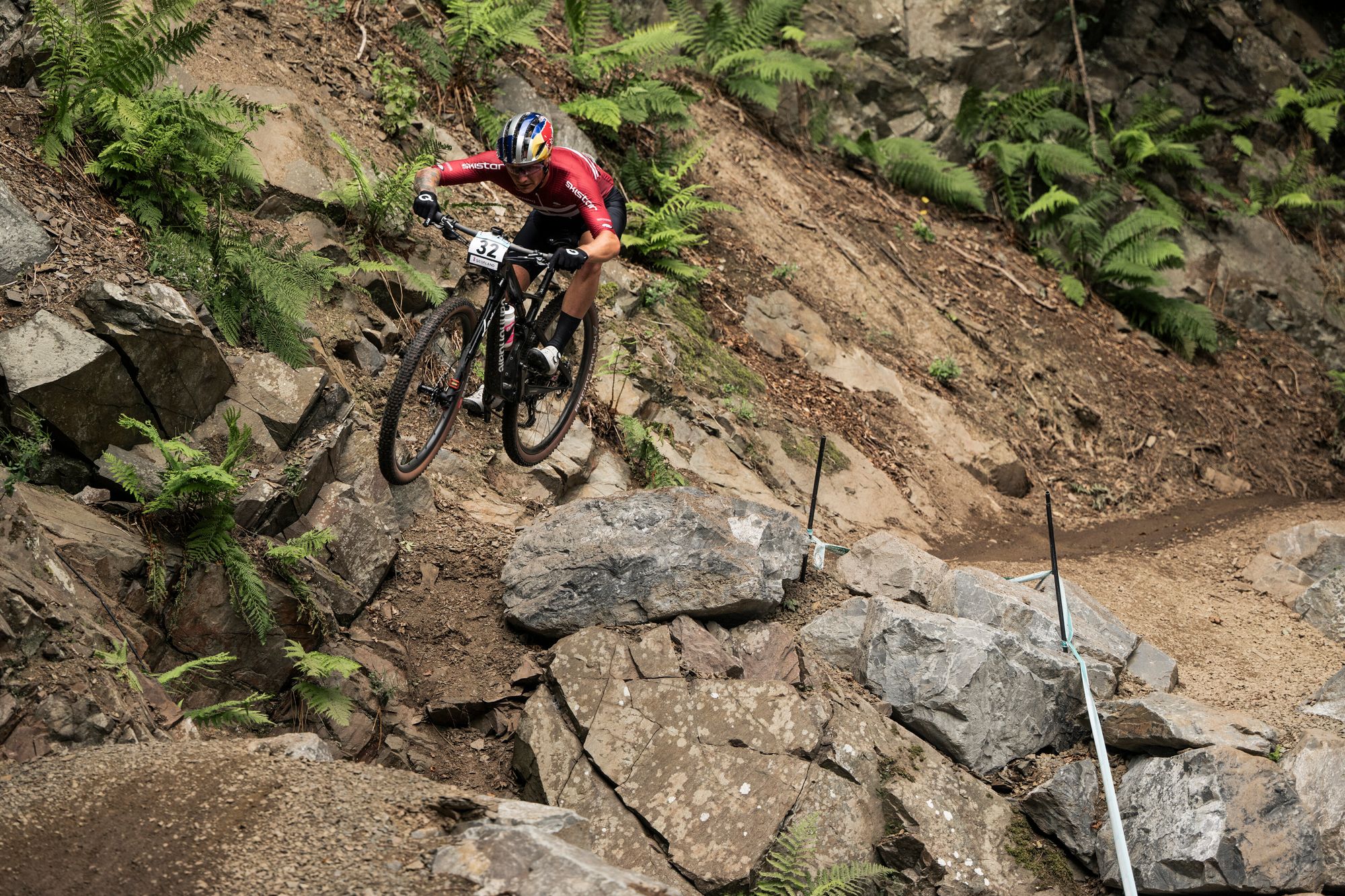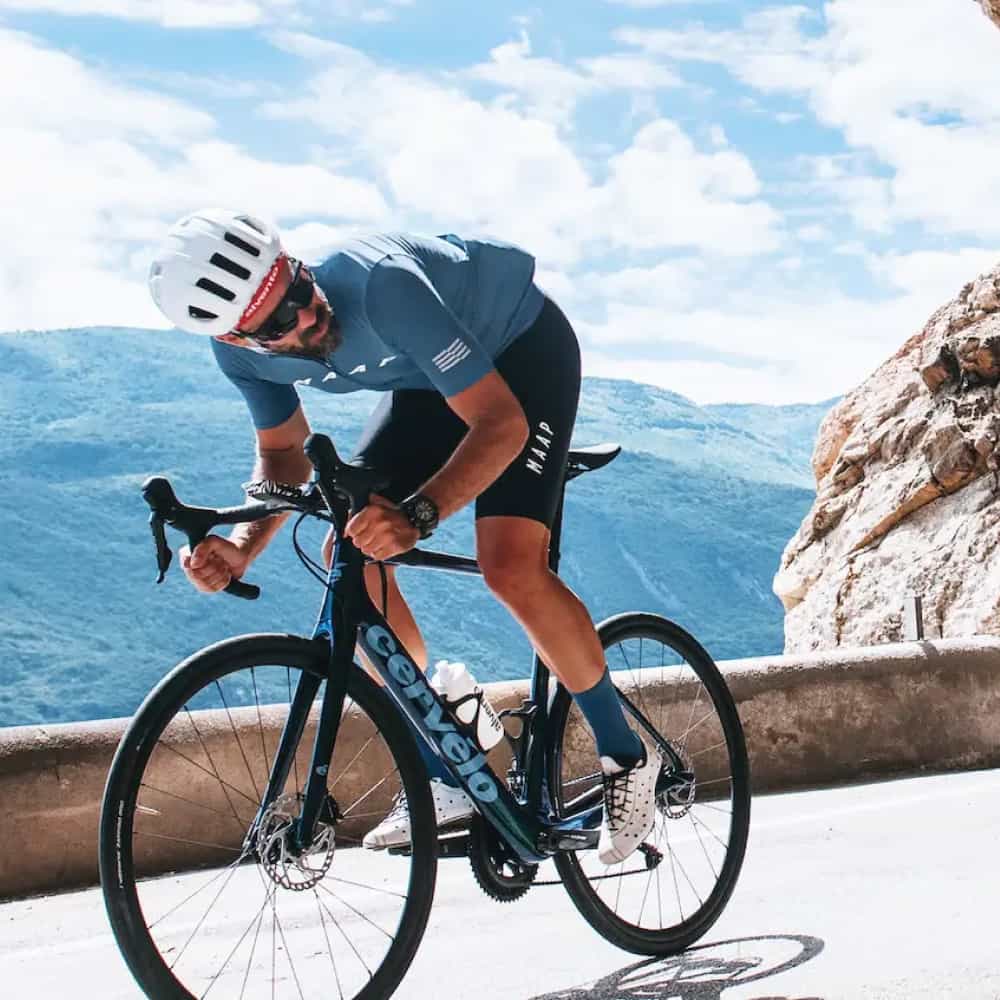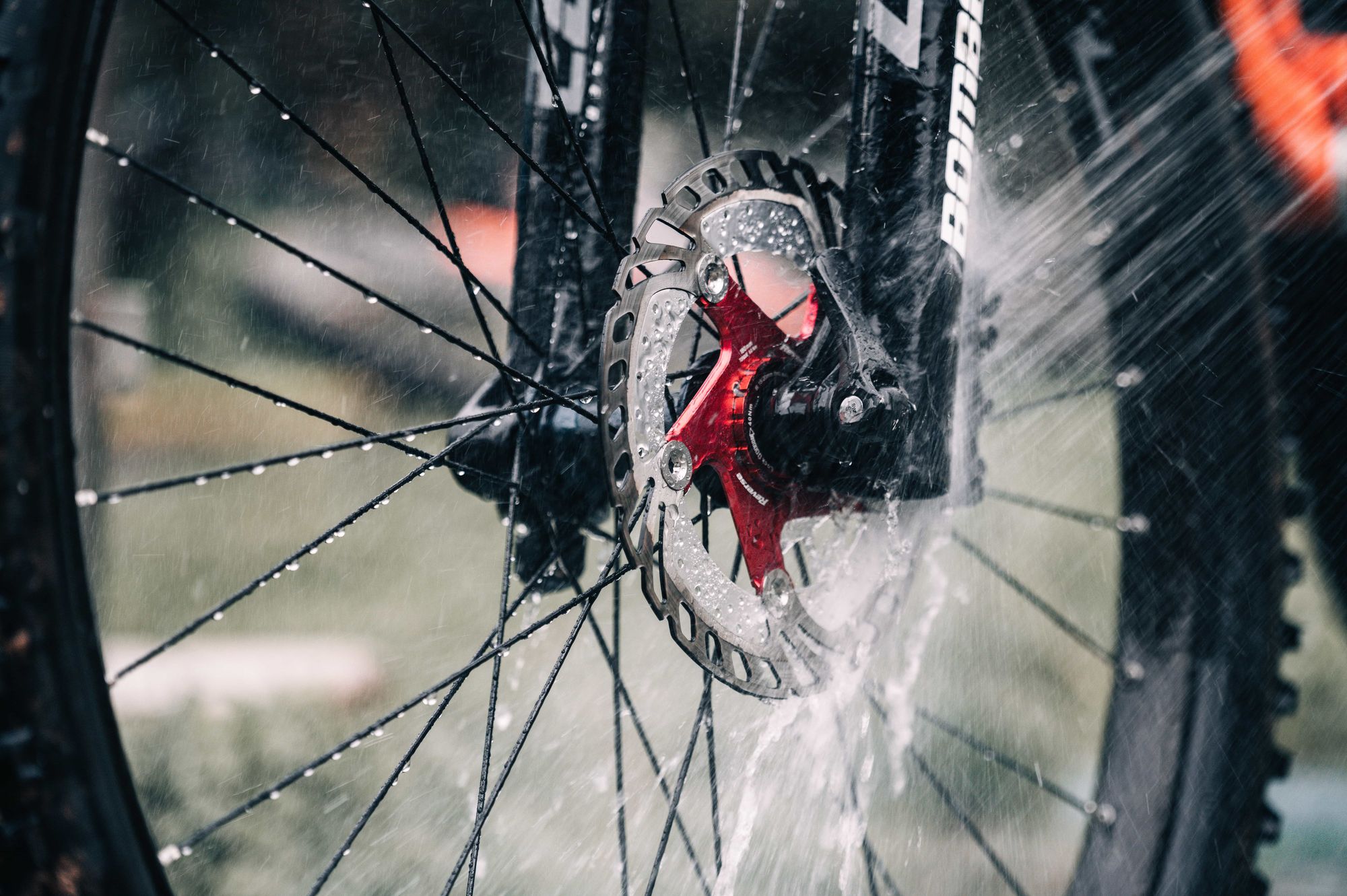1. First and most importantly - walk before you can run and have fun!
In the day and age of social media and the internet, it’s easy to put yourself down when you’re regularly seeing other riders pulling some almighty tricks and getting serious air time. Ride within your limits and progress at your own pace.
Whether you’re jumping off a curb or a 20-foot drop you want to gradually build yourself up with the correct techniques. It’s easy to get carried away, so remember where you started - as soon as you have a big crash you’ll regret it!
2. Look ahead
Staring directly at the rock you're trying to avoid will nearly ensure that you’re going to smack right into it. It’s called “target fixation”. It’s easy to look at where your bars are turning, but think about looking to where you want to be, rather than where you are going. Don’t look at that tree, as 99% of the time you’ll ride straight into it!
Especially corners. Try and look out of the corner which will help with flow! Keep your chin level to the ground, eyes forward, and try to look as far down the trail as possible, using your peripheral vision to avoid and negotiate obstacles immediately in front of you.
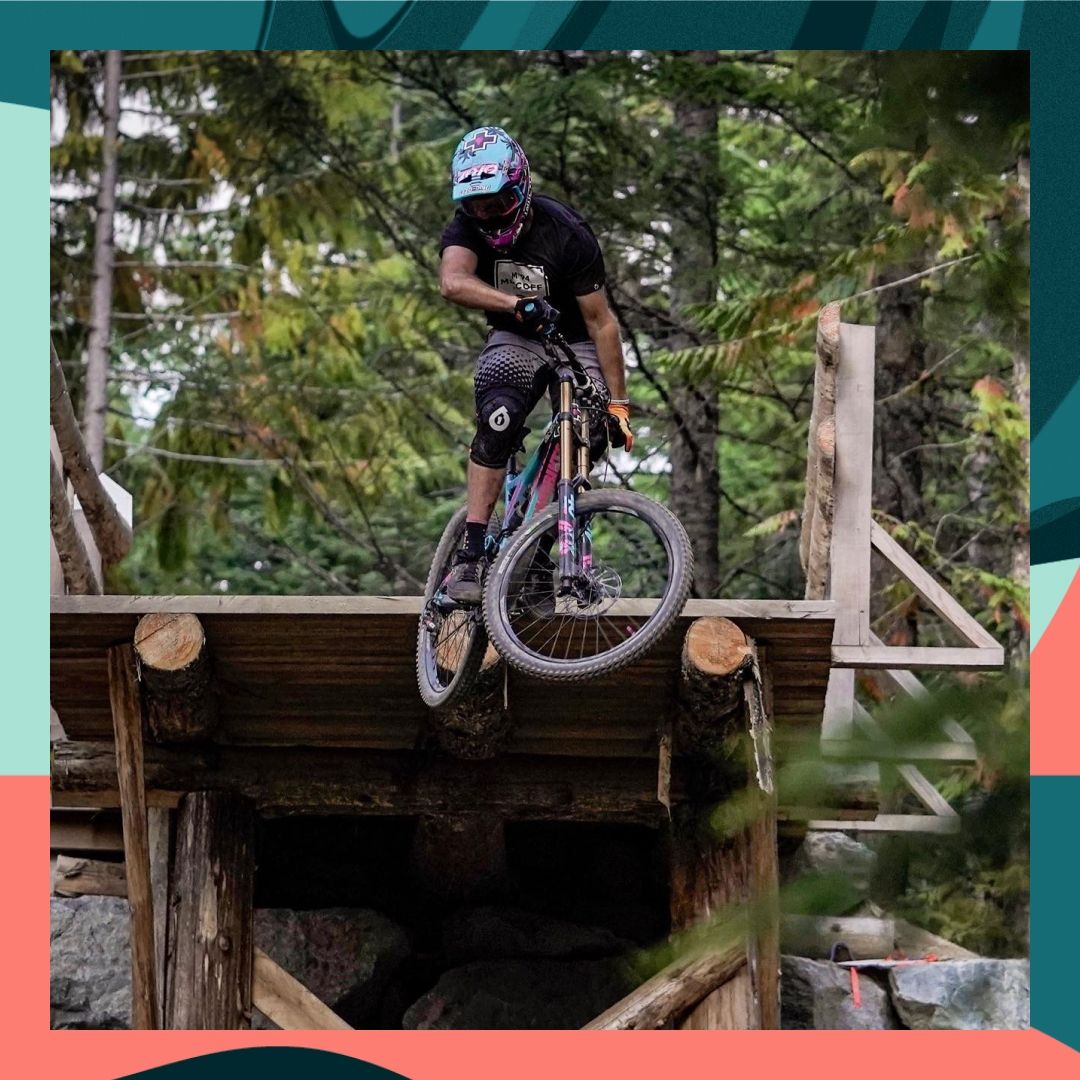
3. Master your bike setup
This is super important, especially with modern bikes. Most mountain bikes today have at least a front suspension fork and a lot have a shock absorber on the rear as well. These are magical inventions that make big bumps nearly disappear as you roll over them!
You want to adjust the suspension for your weight and riding style. If you have rear suspension like a pogo stick for instance there’s definitely more chance of crashing. As a rough guide you want to run 20 - 30 % sag for your body weight when in the attack or ready position.
You’d then play around with the rebound. This is how fast the suspension returns to its starting position after it has been compressed.
On a mountain bike, you should run 25 - 35 psi in the tyres as a general rule unless you're riding seriously wet and muddy terrain. In this case you can go with a slightly lower pressure. Again, you adjust these pressures depending on what you are riding and your riding style.
4. Get the correct equipment for the job
Mountain biking is definitely one of the more expensive sports out there and this is particularly true when you’re starting out. But the stress and demands you put on the bike as you progress mean you’re better off purchasing a bike that is suitable for the terrain. The alternative is what I call a 'supermarket special' which has the potential to break when it goes off of the tarmac and onto the trails!
This once again is the same for protection. Always try to get a mountain bike specific helmet as these have been heavily tested and designed for what you can throw at it. I would always advise buying a brand new helmet as sometimes it’s hard to see hidden damage lying beneath the helmet shell. If you’re starting out you probably want to have a helmet and gloves as a minimum for protection but depending on whether you’ll be riding tougher terrain, knee pads would be an added recommendation.
If you’re looking at hitting the jumps and floating through the air, then a full-face helmet will most certainly help with confidence and any fall or bail. It happens!
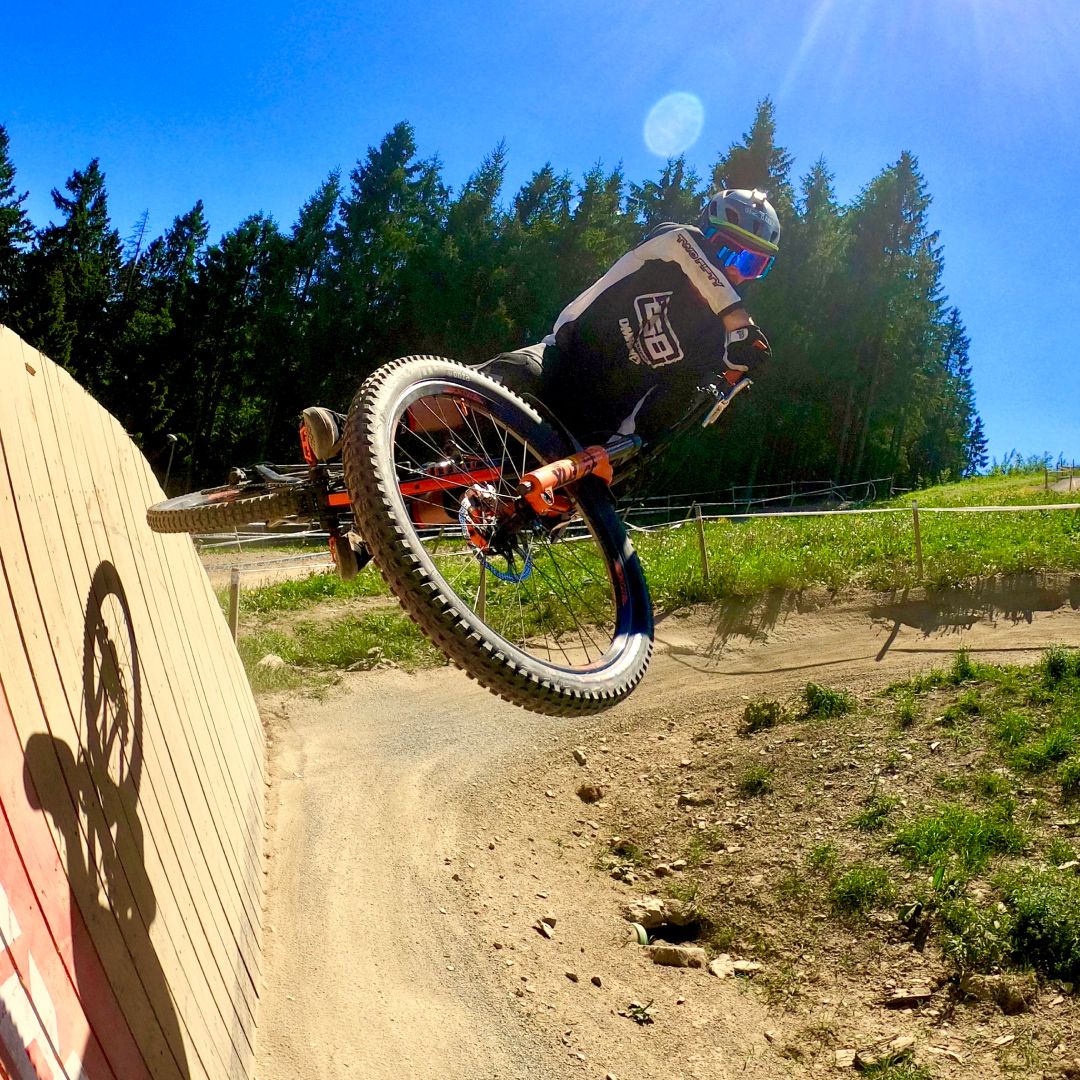
5. Find the trails
The beauty of mountain biking now is that as a sport it’s getting more and more recognised. Yes, everyone loves to smash it down your local bridleway but luckily for us, there’s lots of specific bike parks popping up around the country. The perfect riding hotspots.
These are similar to skiing resorts where the trails are labelled with various grades, from your easy Green trails to your extreme Double Black. This takes into consideration the skill level required to ride the trail and what features it contains. On some trails you’ll get a slightly safer option so you know what to expect.
Make sure you keep up with Ben's adventures on: Youtube, Instagram Facebook.
GET 30 DAYS FREE MOUNTAIN BIKE INSURANCE
... ready to hit the trails and get loose between the tape? Cover your MTB against theft, damage, loss and more. Try our 5-star rated bicycle insurance.
Hit the button bellow and your code will automatically be applied.

